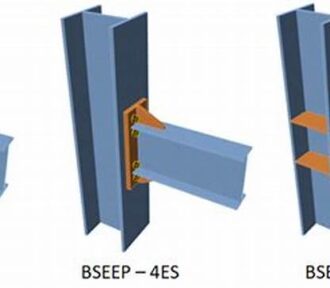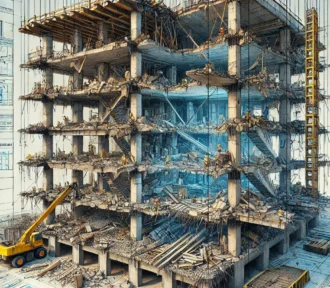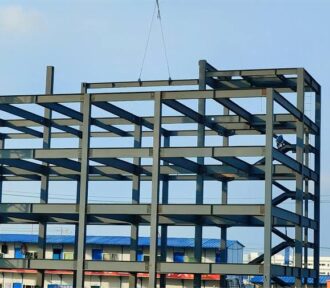This article explains various types of simple connections in steel structures, detailing their design, function, advantages, and limitations in transferring shear forces between beams, columns, and girders.
Category: Structures
Explore the critical commercial risks faced by businesses in project management. Learn effective strategies to mitigate these risks and ensure successful project delivery.
In this article, we will explore how to create an effective structural design calculation sheet report, the essential parts to include, and how to present them.
This article outlines engineering techniques to prevent building collapses, from emergency stabilization to long-term reinforcement and retrofitting for structural safety.
This article explores reputational risk as one of the most significant challenging risks faced by structural engineers in professional practice. Reputational risk stands as one…
This article explores the essential components like general arrangement drawings and connection details, required to read and interpret structural steel-work drawings with confidence.
This latest article discusses the steps that engineers can take to mitigate against technical risks often in the form of design errors appearing in their work.
This article lays out the way in which reinforced concrete drawings should be read.
This article provides an introduction to the three main types of risk that engineering practices face and considers the steps they can take to minimise or mitigate these.
This article explores estimation of settlement in piled foundation, highlighting the various methods of deriving the settlement of pile foundations and illustrating the process through a worked example.









